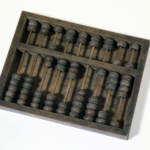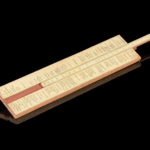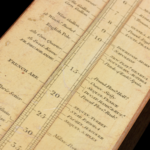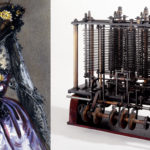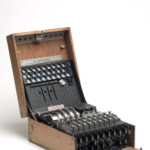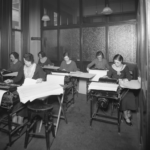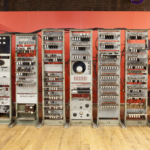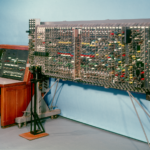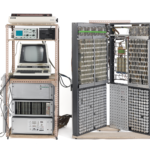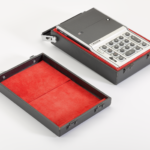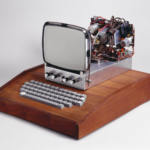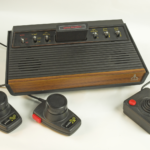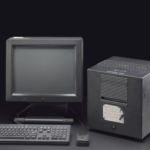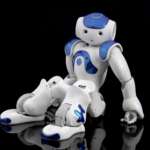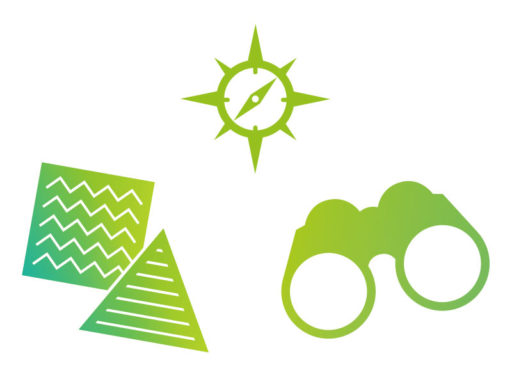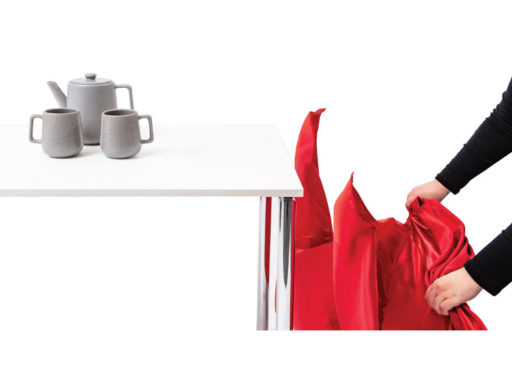It’s because of mathematicians that we have computers today. The objects in this image bank showcase the tools, people and challenges behind the development of computers.
Computing is one of the biggest technological innovations of the past century.
‘Computer’ used to refer to a person who did calculations by hand. The desire to do larger calculations faster motivated the development of electronic devices to process information, paving the way for today’s computers.
The mathematical skills of problem-solving, logical reasoning and creativity pushed these innovators to see beyond what was currently possible.
The following images showcase the tools, people and challenges behind the development of computers.
Images in this resource
Note
Click the thumbnails to skip to the full pictures.
Using images in your classroom
Our Science Museum Group museums are full of amazing objects which are all examples of how STEM (science, technology, engineering and maths) has changed our everyday lives.
You can use images:
- To hook students’ interest at the start of a lesson or to introduce a new topic.
- To highlight the relevance and practical applications of school subjects in our everyday lives.
- As part of a discussion to explore the stories of the people who have shaped the world we live in through their passion and creativity.
- As mystery objects to get your students using their STEM skills such as observation, using prior knowledge and asking questions.
- To create a display of applications of maths in your classroom, connecting past, present and future examples of technology.
- In a pre-visit activity to familiarise students with some of the objects and themes they will find in the Science Museum.
talk about…
Use these questions to help spark discussion with the different images:
- Why were computers invented? What did people use before computers?
- How often do you use a computer? Can you imagine your life without them?
- What skills do you think mathematicians have?
- What interests you or surprises you about the images?
- What do these photographs not tell us?
- What would you like to know more about? How could you find out more?
Chinese abacus
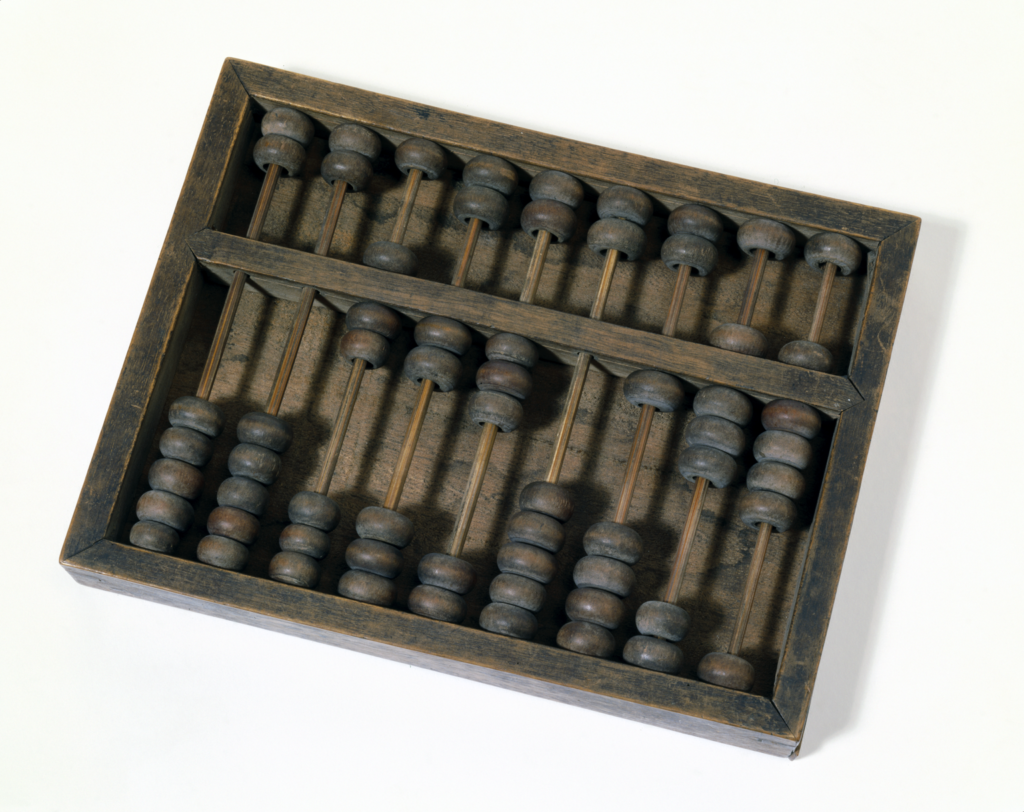
Long before computers, tools like this Chinese abacus were used for calculations.
Abacuses have been used historically throughout the world. The first one was invented over 2,000 years ago.
They are still used today in some stores to tally customers’ bills.
Think and talk about…
What other ways can you think of that humans have used to help us count?
How to use an abacus
Each rod has a place value, with the far right representing ‘ones’.
To start, move the beads away from the centre beam.
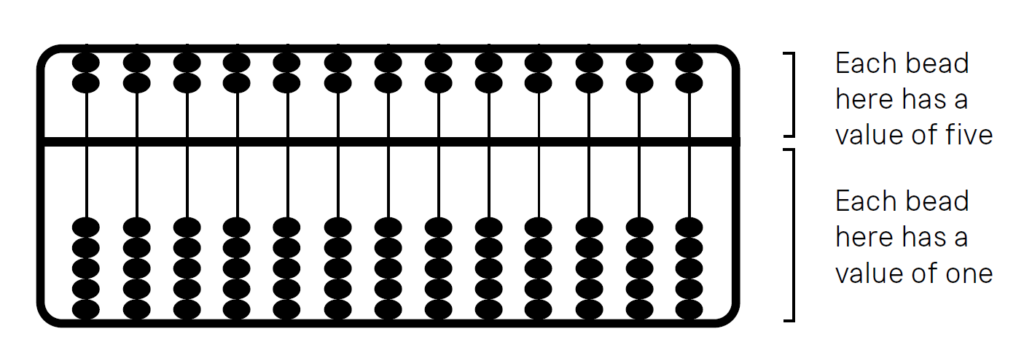
-
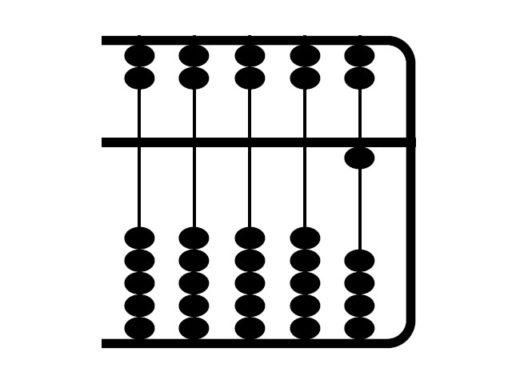 To show 1, move one bead on the far right, from below up to the centre.
To show 1, move one bead on the far right, from below up to the centre. -
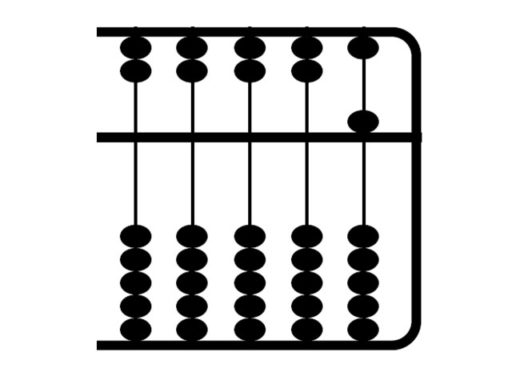 To show 5, move one bead on the far right, from above down to the centre.
To show 5, move one bead on the far right, from above down to the centre. -
 How would you show 7?
How would you show 7?
Back to top
Morland’s calculating machine
![A close up photograph of Morland's calculating machine. It's a small rectangle shaped object made from metal. On it are a series of dials, each with an even smaller dial that can be turned by hand above them. Engravings name them as "Tenth", "Thousands", "Hundreds", "Tens", "Unites[sic]", "Shillings", "Pence" and "Farthings". On the bottom right corner "Samuel Morland, Inventor 1666" is engraved.](https://learning.sciencemuseumgroup.org.uk/wp-content/uploads/2021/08/Image-2-Calculating-machine-1024x767.png)
After studying mathematics, spy-turned-inventor Sir Samuel Morland was the first English maker to design calculating machines.
He marketed his machines to wealthy people with little maths experience, as the machines enabled them to easily add and subtract British currency by turning the wheels.
Think and talk about…
Look closer. How do you think the machine worked?
If you were an inventor today, what would be the first thing you would want to invent?
Back to top
Slide rule for weights and measures
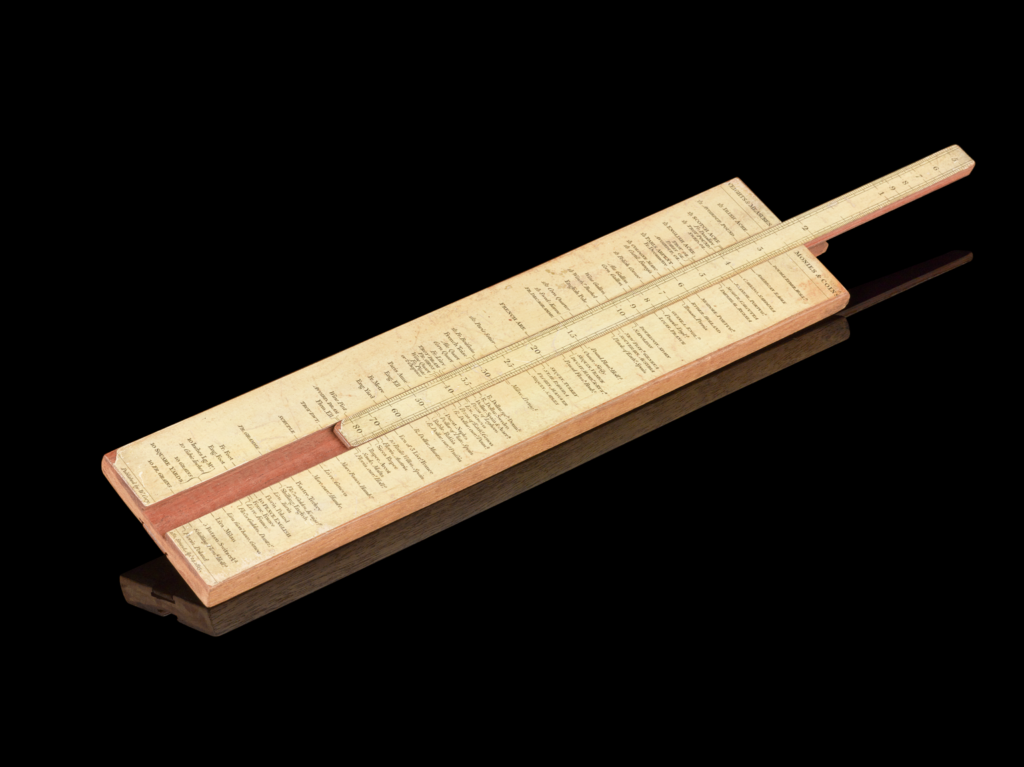
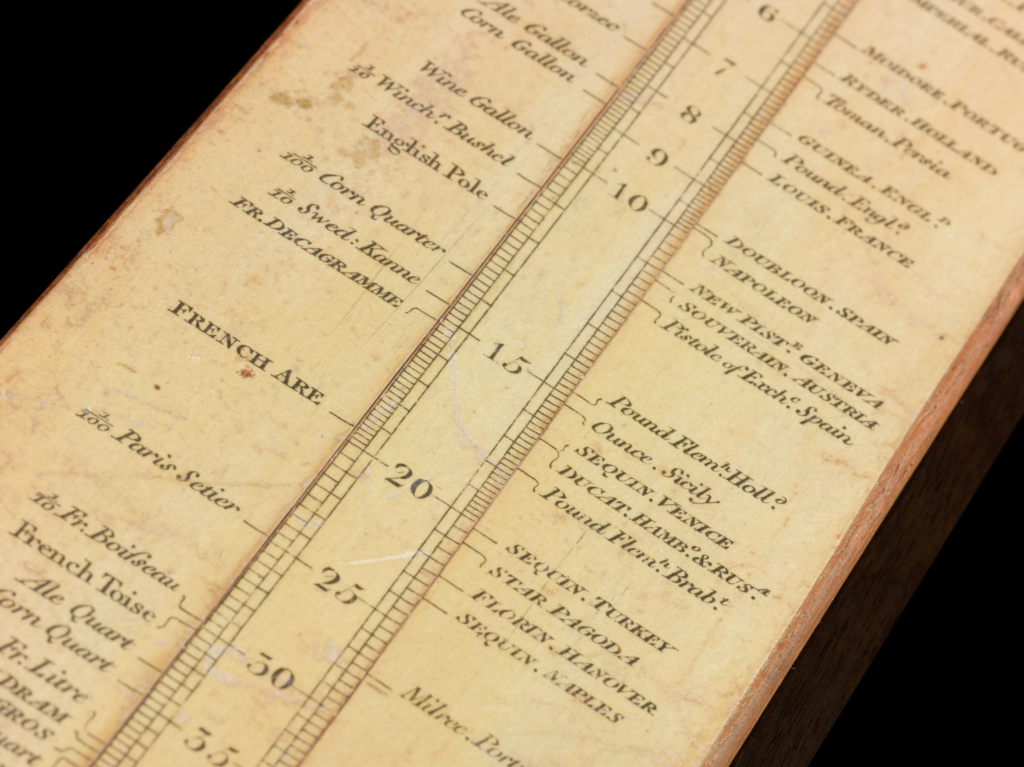
Your grandparents may have had slide rules.
Used until the 1970s, they helped people do calculations quickly. Instead of pressing buttons, like on a calculator, you used the sliding middle part to help you work out answers.
This 19th-century slide rule calculates in various weights and measures such as yards, metres, acres and pints.
Think and talk about…
Why do you think people measure in different units throughout the world? For example, here in the UK we measure distance on our roads in miles, but France uses kilometres.
Back to top
Ada Lovelace and Babbage’s analytical engine
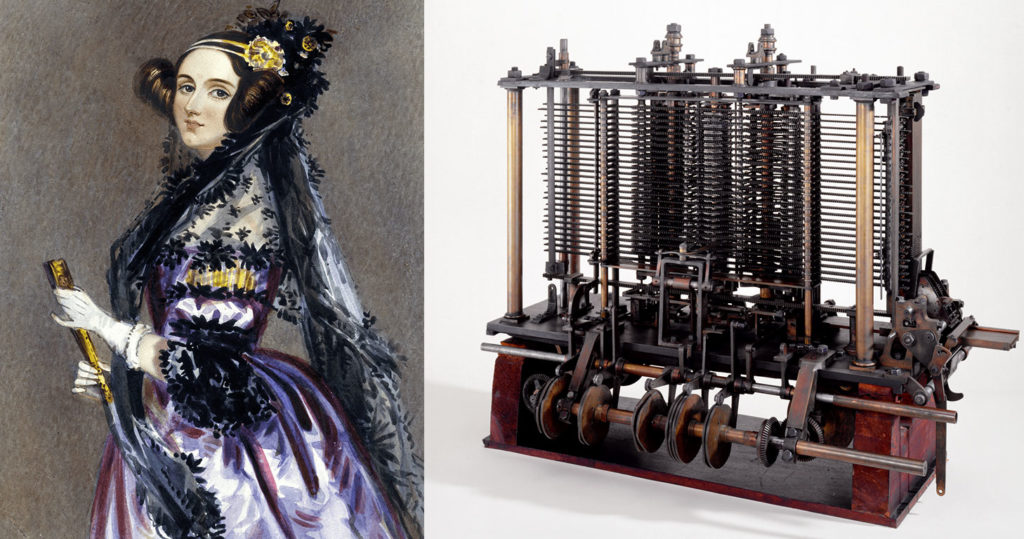
Ada Lovelace worked with Charles Babbage on the concept for the analytical engine, the first fully automatic calculating machine.
She speculated about the possibilities of such a device, and was one of the first people to recognise the potential of computers. She believed imagination was critical for applying mathematic and scientific concepts.
Think and talk about…
Do you think imagination is important in maths and science? Why?
Explore more
Lovelace, Turing and the invention of computers
Back to top
Enigma cipher machine
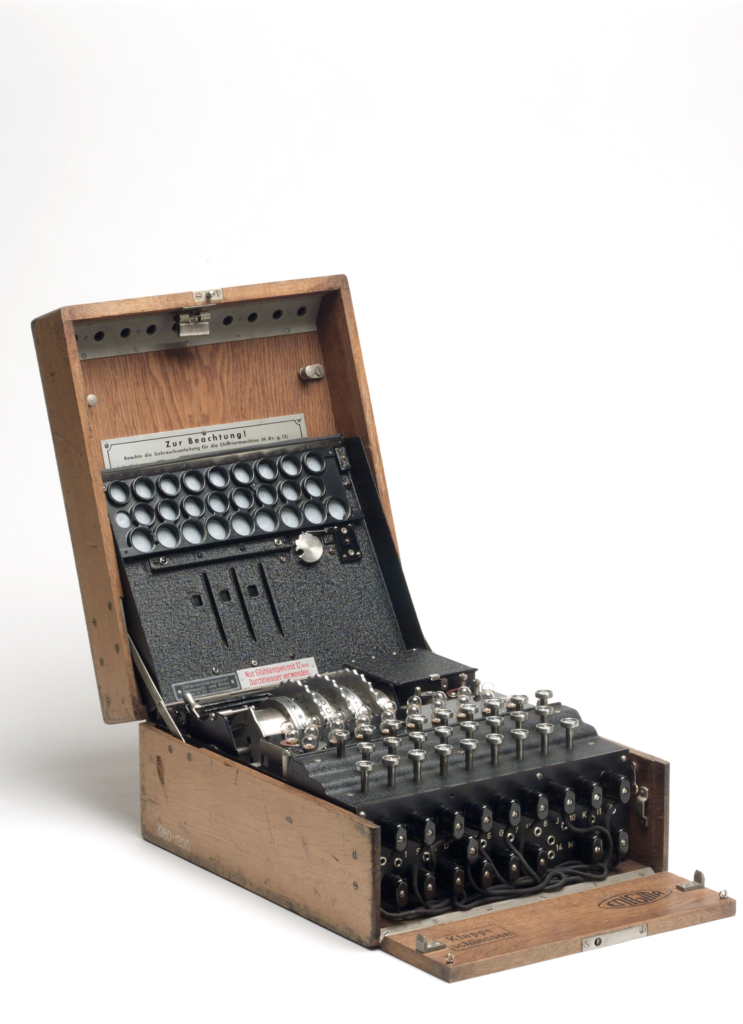
Enigma cipher machines encrypted millions of military messages during the Second World War.
These machines had around 150,000,000,000,000,000,000 different settings (150 quintillion or 150 million million million)!
To break the code, mathematicians were challenged to develop something that could quickly go through all the possible settings. This development was the precursor to modern computers.
Think and talk about…
What information do you think it’s important to try and keep secure? Think about personal as well as national information.
Explore more
Explore a 3D model of an Enigma cipher machine
Try making a secret message using the cipher wheel
Back to top
Women office workers, 1935
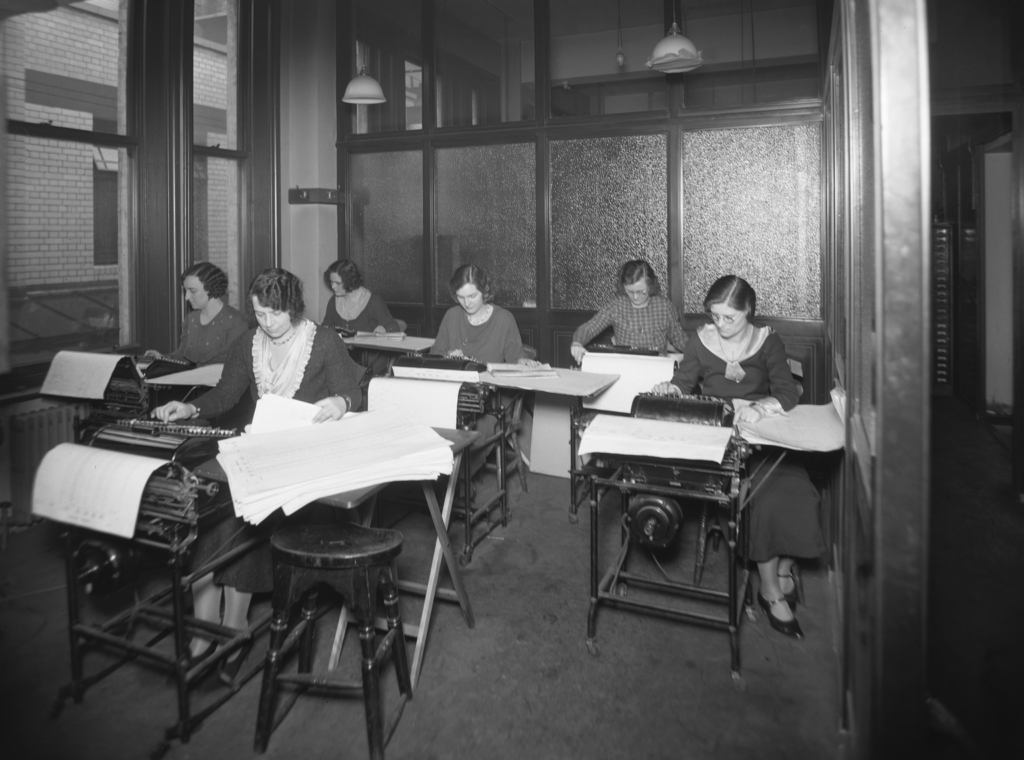
Before there were electronic computers, ‘computer’ described a job for someone who did calculations. Computers worked in lots of different areas, including in research and development such as the early space programme.
This image shows Great Western Railway office staff using calculating machines to help them work on the company’s finances.
Think and talk about…
What skills would be needed for the job of computer? Would you enjoy being a computer?
Explore more
Back to top
Replica of the ‘Baby’ or SSEM computer
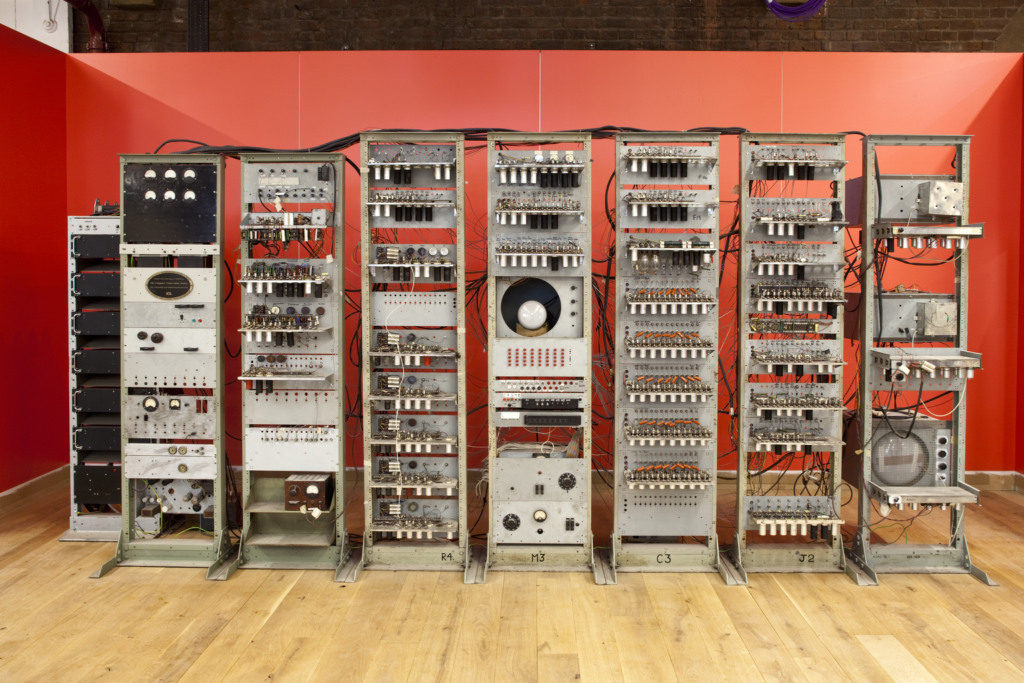
Built in 1948, this was the first computer to run and store a program. Nicknamed ‘Baby’, it was over 5 metres long, 2 metres tall and weighed almost 1,000 kilograms.
Baby was the first step towards the digital world we know today, as even modern computers build on Baby’s basic principles.
Think and talk about…
These computers filled an entire room. How would life be different if computers were still that large?
Back to top
Automatic Computing Engine (ACE) pilot model
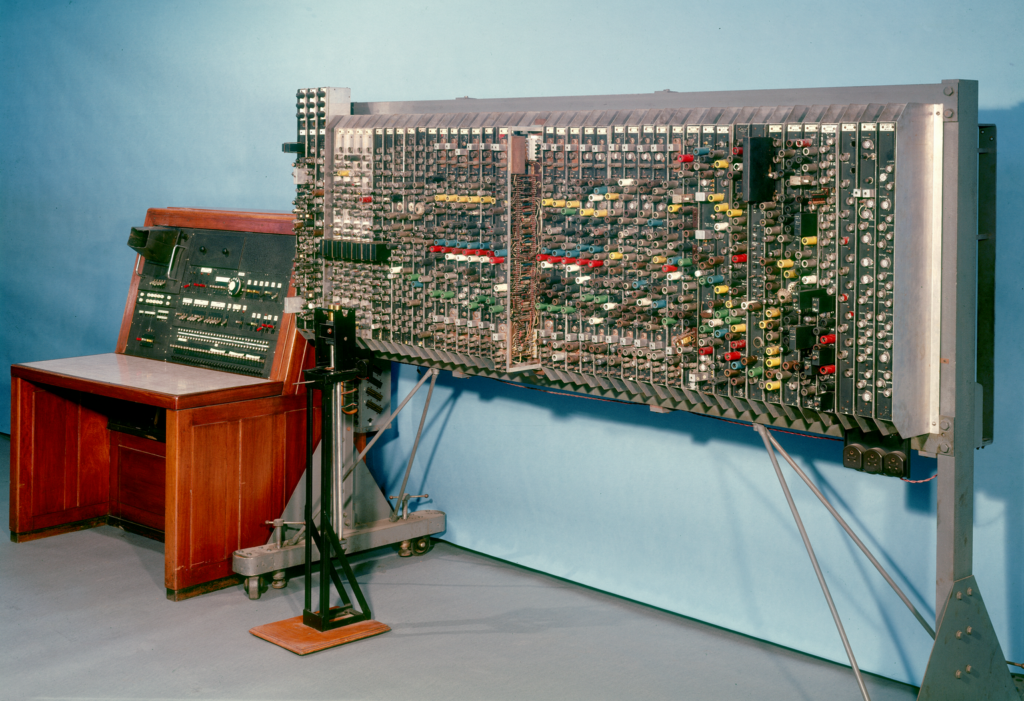
The Automatic Computing Engine (ACE) was the fastest mathematical calculating machine of its day.
The pilot model was designed by mathematician Alan Turing and completed in 1950.
The goal was to create an electronic calculator. The team pushed the boundaries of what was possible.
Think and talk about…
The Automatic Computing Engine took years to make. How do you think people felt when they first used it?
Back to top
Electronic storm surge modelling machine
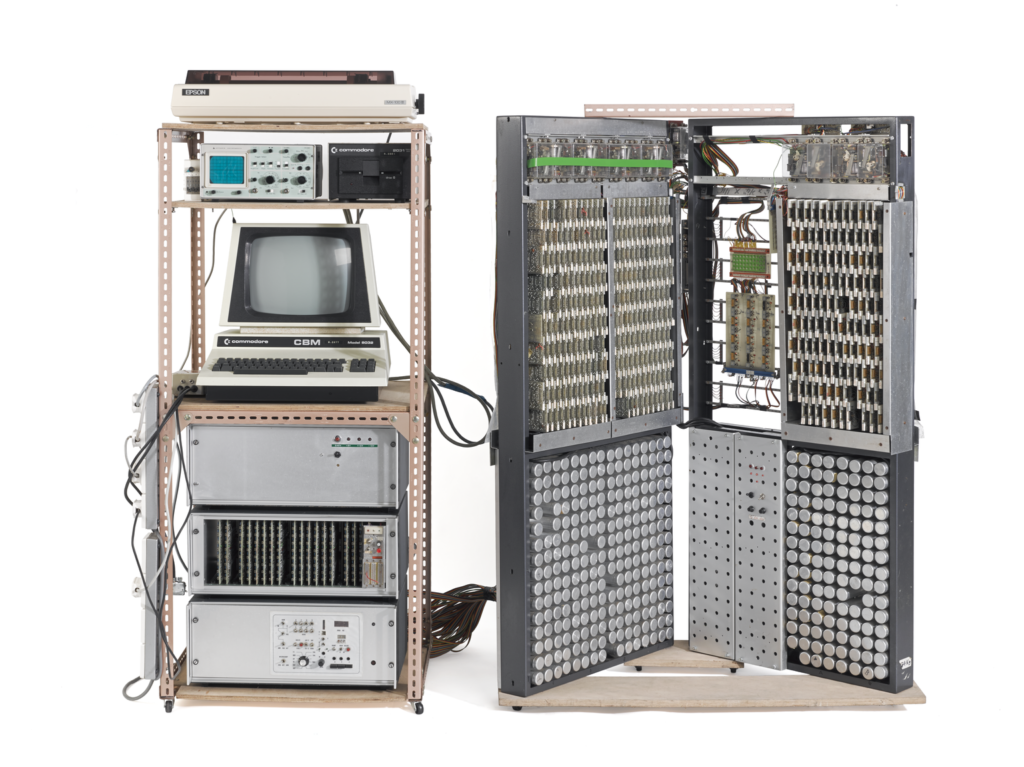
Maths can be used to predict floods.
Shizuo Ishiguro made this electronic model of the North Sea. It was almost 2 metres high and was used for several years to model ocean behaviour, predicting floods and other disasters.
Think and talk about…
Imagine if you could use computer programs to predict anything. What would you want to know?
Explore more
Explore a 3D model of Ishiguro’s storm model
Back to top
Portable electronic calculator

When the Sanyo ICC-82D portable calculator was released in 1970 it would have cost more than your mobile phone.
It retailed at about £170; in today’s money that would be £1,500!
Think and talk about…
This was one of the first hand-held battery-powered calculators. How much would you pay for a brand-new piece of technology?
Back to top
The first Apple computer
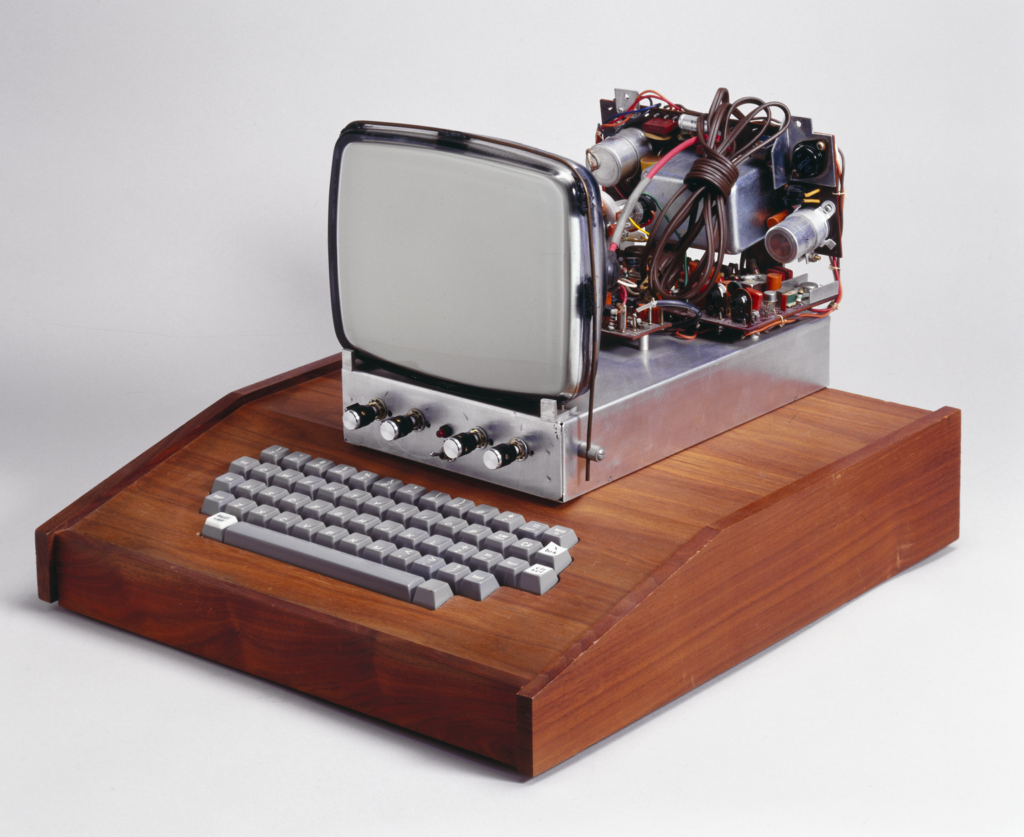
The original Apple computer was designed in a family garage in 1976. Customers bought a basic circuit board and added their own display units and keyboards. About 180 of these computers were sold in total, making this a rare object.
Think and talk about…
Many people designing computers at this time were tinkerers working out of their garages. They used their mathematical skills, problem-solving and reasoning to improve the circuit board and the software that would communicate with it. If you could improve a modern invention, what would it be and how would you improve it?
Back to top
Atari 2600, an early games console

The Atari 2600 was one of the earliest games consoles. It brought arcade games into our living rooms for the first time.
Released in 1977, it included Space Invaders and Pac Man, and was hugely popular, selling over 30 million units until it was discontinued in 1992.
Think and talk about…
Maths is essential for computer and video game programmers. For example, a logical program that details character movements and connects them to button presses will need to quantify things like the height of a jump and the length of a step. If you were to design a video game, what would it be about?
Explore more
A short history of video games, 1951-2011
Back to top
Tim Berners-Lee’s computer
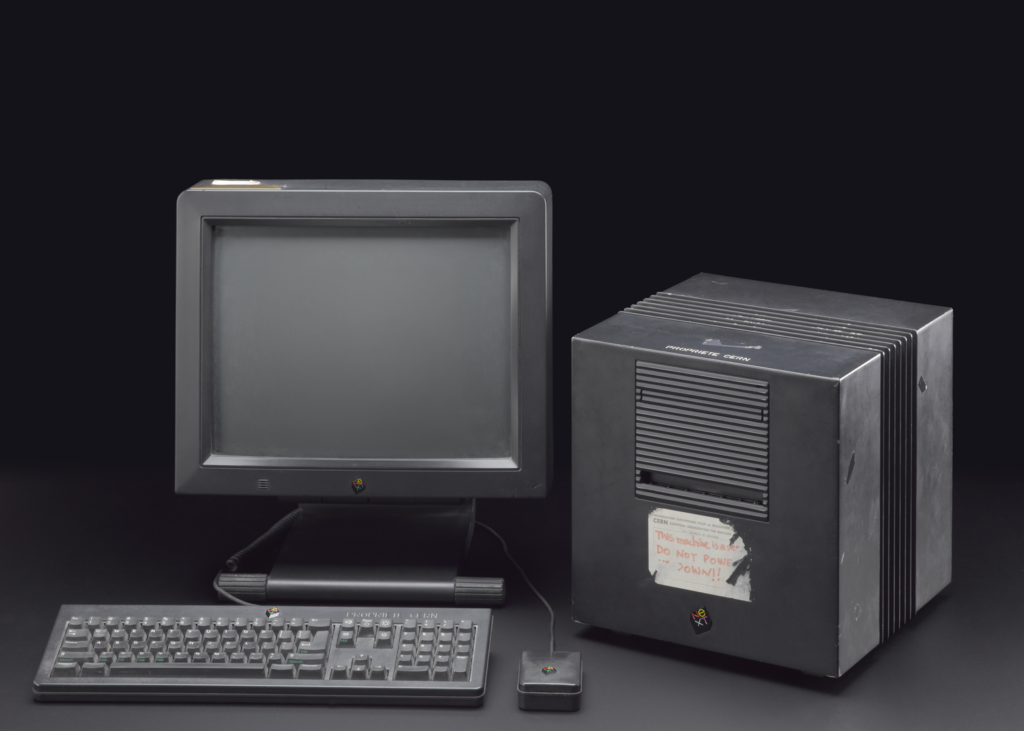
In 1990 this machine, the NeXTcube, was the one and only web server. Turning it off would have turned off the World Wide Web.
Tim Berners-Lee, developer of the World Wide Web, was interested in mathematics and electronics throughout his childhood.
Think and talk about…
Berners-Lee was able to problem-solve and put existing parts into a greater whole. Think of an example of when you solved a problem.
Which websites would cause the biggest problems for society if they crashed?
Explore more
The World Wide Web: a global information space
Back to top
Nao V5 Evolution humanoid robot
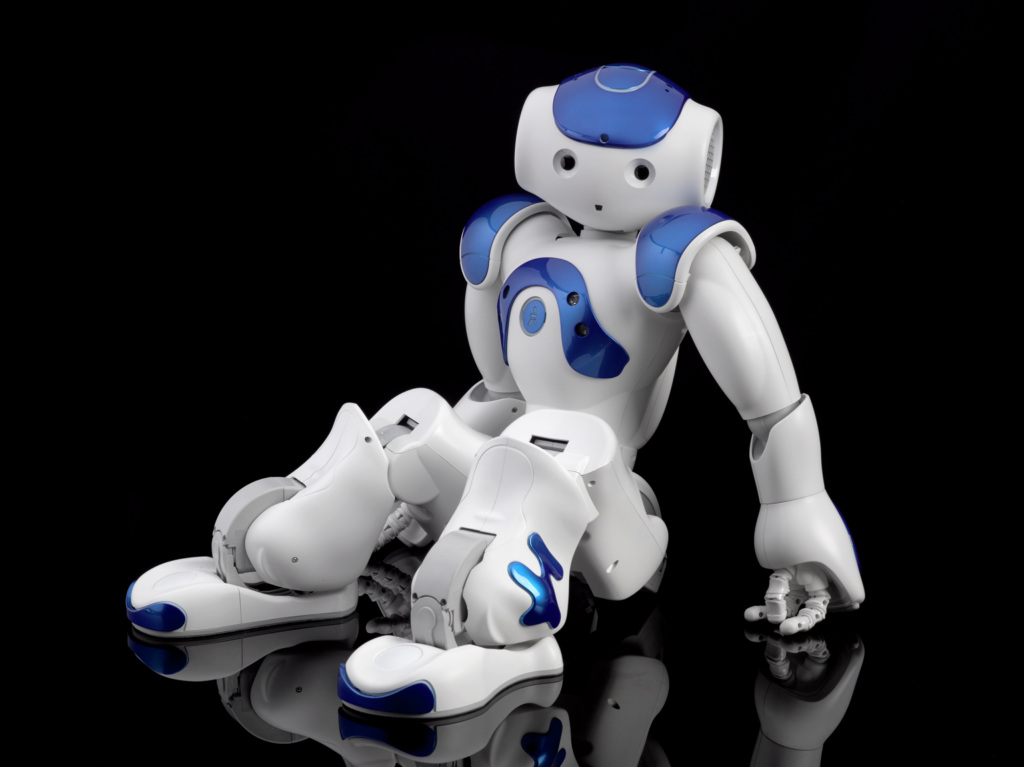
Can a robot do everything?
The Nao V5 Evolution (2014) is a programmable humanoid robot. It is 58cm tall and has cameras that recognise shapes and sensors to perceive its environment. Nao interacts via microphones and speakers, but it requires a human to program it and only does what it’s programmed to do.
Think and talk about…
Maths is not only needed for the programming of the robot, but also for the design. What shape will it be? How will it move?
What do you think the next steps for computing technology could be?
